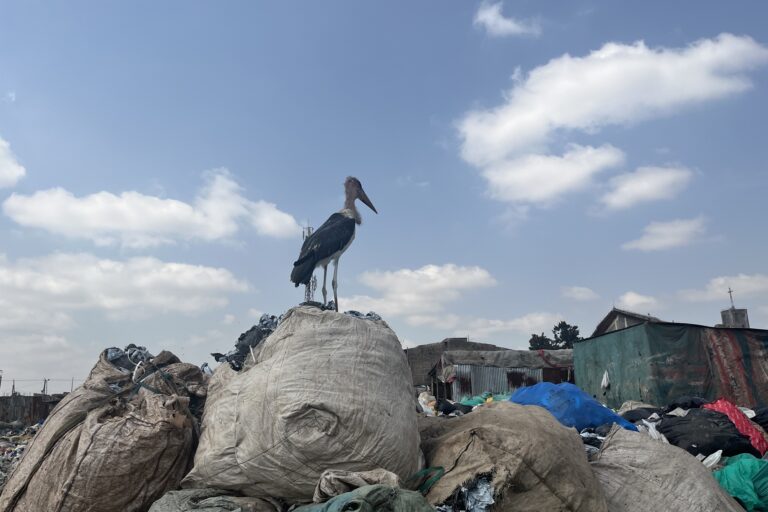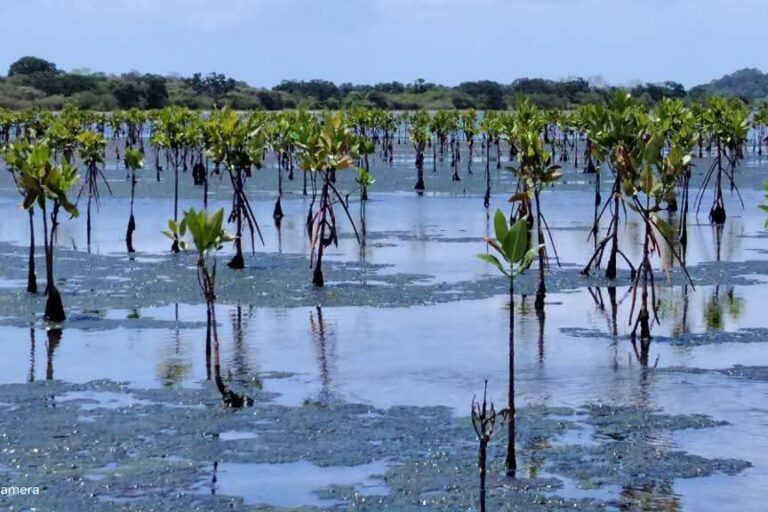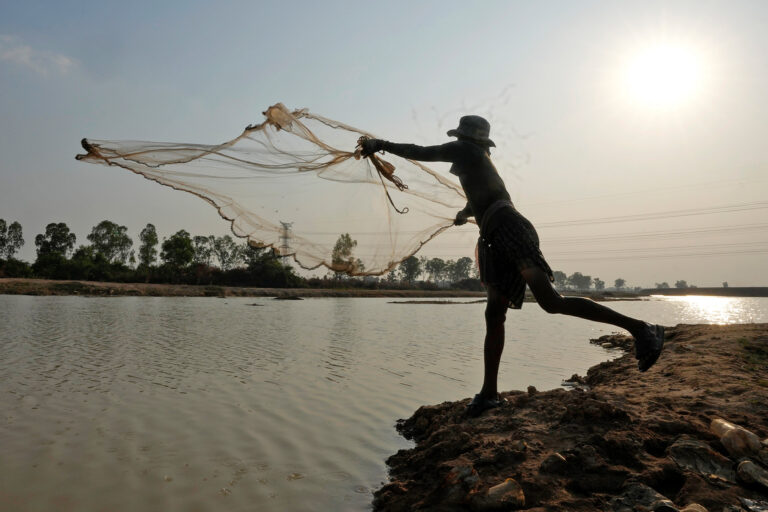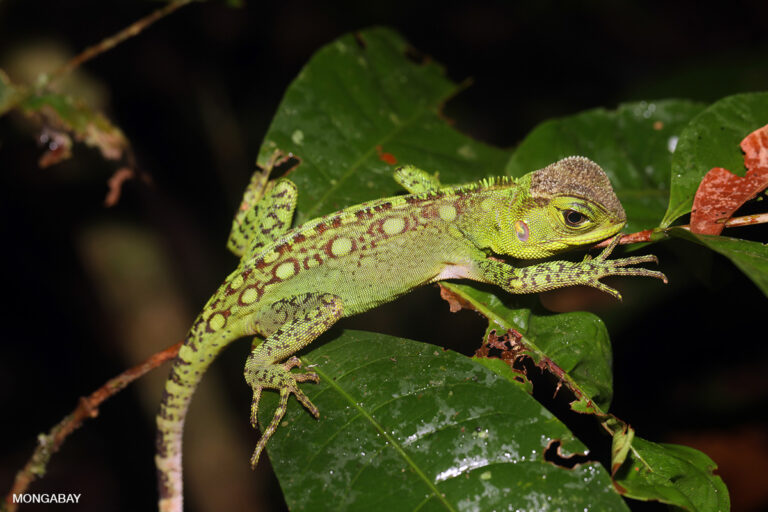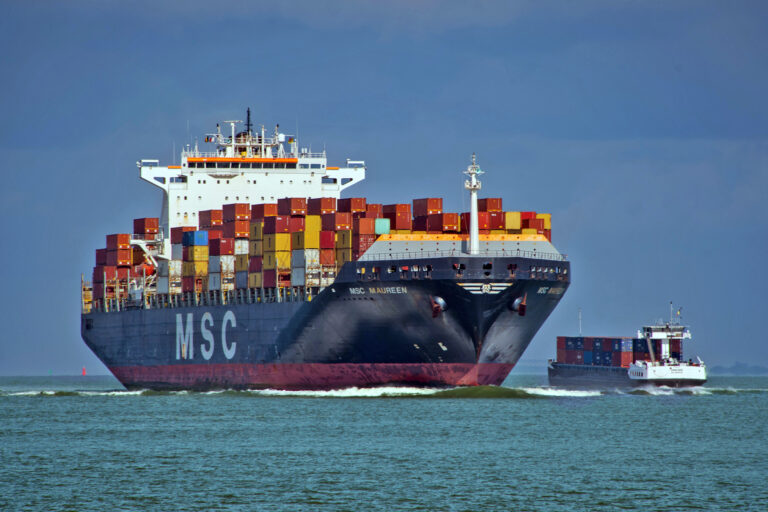- On Sunday, volunteers from the Coolum and North Shore Coast Care group spotted Alby, an albino green turtle hatchling, on Queensland’s Sunshine Coast.
- The volunteers measured Alby, took his photos, and let him walk into the ocean and swim away.
- Such albino hatchlings are extremely rare, scientists say, probably occurring at the rate of one in many hundreds of thousands of eggs that are laid.
In Australia, a group of volunteers have spotted a rare albino green turtle hatchling.
On Sunday, volunteers from the Coolum and North Shore Coast Care group were at Castaway beach on Queensland’s Sunshine Coast monitoring turtle nests, when some of them spotted an albino hatchling, still sitting on his nest.
Normally, green turtle hatchlings are shiny black above with a whitish underside, and have white margins around the shells. The albino hatchling however, had a white shell and pink flippers. The volunteers nicknamed the turtle baby “Alby”.
“We were just in the process of collecting our data and we removed the top of the surface of the sand, and there was little Alby,” Sherida Holford told Brisbane Times. “In our nine years of monitoring the marine turtle nests on the Sunshine Coast, we’ve never seen anything like this, and we may never see it again. So we were all very surprised and thrilled.”

The volunteers measured Alby, took his photos, and let him walk into the ocean and swim away, Holford said.
Albino hatchlings such as Alby are extremely rare, according to Dr Col Limpus, chief scientist of Queensland Government’s Threatened Species Unit. They probably occur at the rate of one in many hundreds of thousands of eggs that are laid, he told ABC news.
During summer months, Queensland’s coast is home to Green turtles (Chelonia mydas) and Loggerhead turtles (Caretta caretta) that come to lay eggs.
Green turtles can migrate long distances, shuttling between nesting and feeding grounds located in Australia, Indonesia, Papua New Guinea, Solomon Islands, Fiji and other places. The green turtle is listed as Endangered under the IUCN Red List.










